Like any other animal, chickens enjoy grooming without human assistance. For this, they need a chicken dust bath area filled with essential ingredients.
The dust bath is a natural and essential behavior for chickens, which makes them happy as well as healthy.
In this blog, I will tell you everything related to chicken dust bathing.
Why Do Chickens Take Dust Baths?
If you’re around backyard chickens or chicken farms, you must have noticed birds laying or rolling around in the dirt.
They scratch the earth or dirt, roll out their body, or toss the dirt over their body, fluffying their wings. This act is called a dust bath, which is a normal routine for birds.
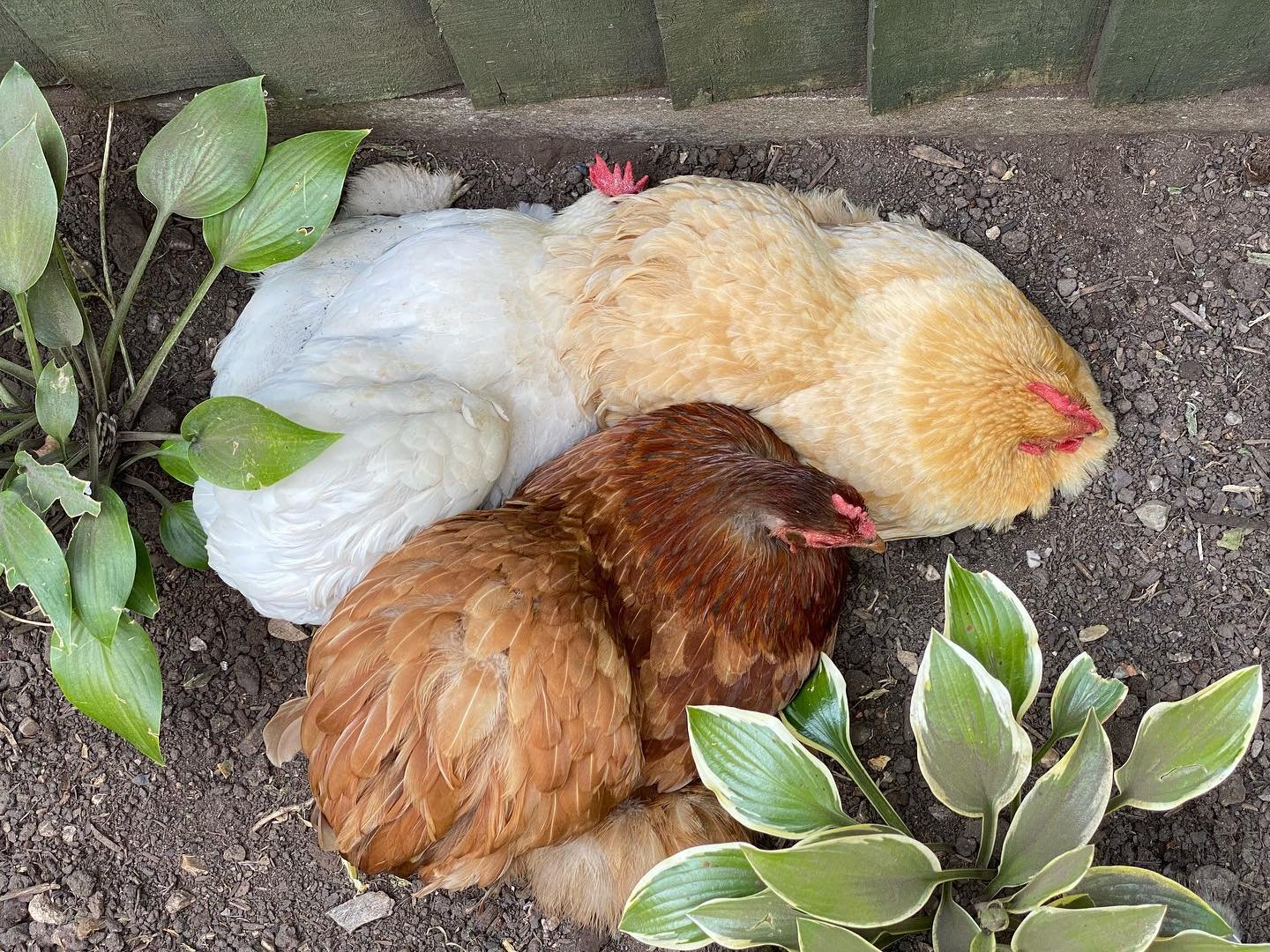
After a dust bath, chickens shake the dirt off their body like a dog waggles after a water bath.
Dust baths are a natural instinct for poultry birds and a sign that they are healthy and happy. Here are the main chicken dust bath benefits.
Pest control
Due to poor habitat, your birds may have hosted several external parasites such as fleas, mites, lice, and ticks. These pest house in feathers, skin, and legs and suck the blood to make the bird weak and sick.
So, chickens feel the urge to remove these culprits.
They hold dirt particles in their plumage at dust baths, making parasites suffocate. This way, they sweep the parasites from their body.
Feather Health
Chickens wallow in the dirt, fine particles of sand and soil to work their way between their feathers. This way, they keep their feathers clean, smooth and functional.
So, the birds look tidy and boast beautiful plumage and sheen.
Skin Care
After a dust bath, chickens shake off their body and preen their feathers with their beaks.
While doing this, they retrieve oil from a gland at the base of the tail and transmit it all over the feathers. This helps remove the risk of oil build up.
So, dust baths help absorb excess oil and sweat, keeping bird feathers full, fluffy, insulating, and water-resistant.
It also helps remove dead skin cells and enhances healthy skin.
I compare it to a spa treatment for chickens, which involves mud or even a salt scrub.
Community Building
When a chicken takes a dust bath, it does not do it alone. There are many in the group so dust bathing is a social social activity for chickens.

While taking a dust bath, you won’t find any birds fighting.
This helps tune the bonding and good relationship between the flockmates.
Stress Reduction
Dust bath not only helps improve chicken’s health but also makes them happy. The happier they are, the bigger holes they make in the loose soil.
It stimulates and enriches natural behaviors.
Heat Relief
The heat stroke is common in the summer and often lethal to chickens.
Birds hurl a layer of dust on them to get them cool like hog. The top layer of dirt remains heat up under the sun, so birds shimmy down into the deeper layers.
When do Chickens Start Dust Bathing?
Chickens feel to dust bath from very young age, even at chick phase. You may have noticed chicks roll over or flipping as soon as they are a week or two weeks old.
When a mother hen raises her chicks, she dust bath at least once along with her chicks.
This is the moment chicks learn it. They make it more properly when they grow as pullet or cockerel.
Chickens can take a dust bath every day or every other day, depending on the weather and their health.
What Do You Put in a Chicken Dust Bath?
Fine Dry Dirt and Sand
Dirt or soil and sand are base materials for dust baths.
If you’re choosing soil, find loose, fine, well-draining soil. Also, it should be relatively free of debris, such as pebbles, rocks, iron pieces, wooden sticks, or other uncomfortable obstructions.
You can take topsoil, which is fertilizer or pesticide and chemical-free.
All-purpose sand or construction-grade sand can also do magic. Make sure the sand is fine enough for fluff but coarse enough to inhale for chickens.
I don’t recommend using play sand as it is too fine for birds to inhale accidentally. It often contains toxins.
Wood Ash
Wood ash and charcoal are the natural parasite repellents. You need to use clean wood ash and avoid ash from any burnt material other than untreated wood.
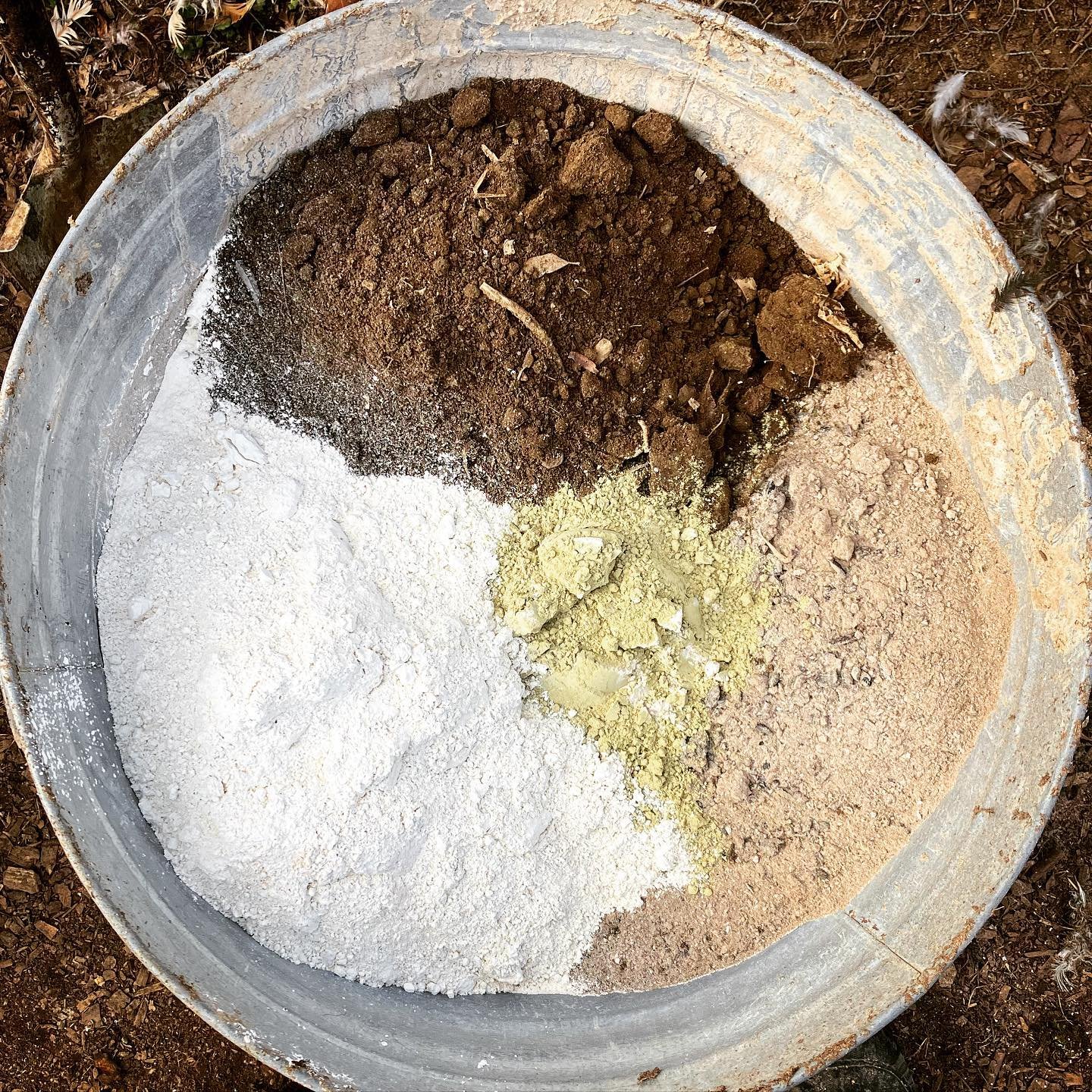
A handful of ash or charcoal is enough to mix into the dirt or sand.
Use these powders with caution as they contain potash, which irritates and burns bird skin.
Diatomaceous Earth (DE)
It is also effective in removing mites and lice. The food-grade diatomaceous earth is a alternative to wood ash.
It’s fine silica particles can be very dusty and harmful for humans and cause lung irritation. Use it in a very small quantity and in a well-ventilated area.
A sprinkle or two will be enough.
Peat Moss
It helps with moisture control in the dust bath. You can add it to the clay-based soil. This makes the dust bath dirt light and aerated.
Herbs
Herbs, including lavender, rosemary, mint, peppermint, and lemongrass, are natural pest deterrents.
They also have pleasant smell to scent dust bath and coop. You can use some dried herbs, which can promote relaxation to chickens.
Additionals
Other alternatives like limes and sulfur dust also help control pests and external parasites.
Limes also remove odors and are relatively safe for children and chickens.
In the lack of a readymade dust bath area, chickens create their own fun. You can see many ditches or holes in the backyard where the soil is loose and porous, especially in the shady spots in the summer.
How Big Should a Chicken Dust Bath Be?
It depends on the size of the bird and how many birds you’re building for.
For example, you can create a mini dust bath for baby chickens or chicks. When setting up a chick brooder, take a small, wide, shallow container and fill it with soil or sand.
Make sure the dust bath container should be small or short enough for chicks to easily climb in and out.
A cardboard shoebox lid can be perfect for this.
If you want to make a single bird dust bath, an area needs to measure 12-18 inches wide and 6 inches deep.
However, I suggest you build a bath area that can accommodate at least 3 to 4 birds at a time. This will save some cost on the container.
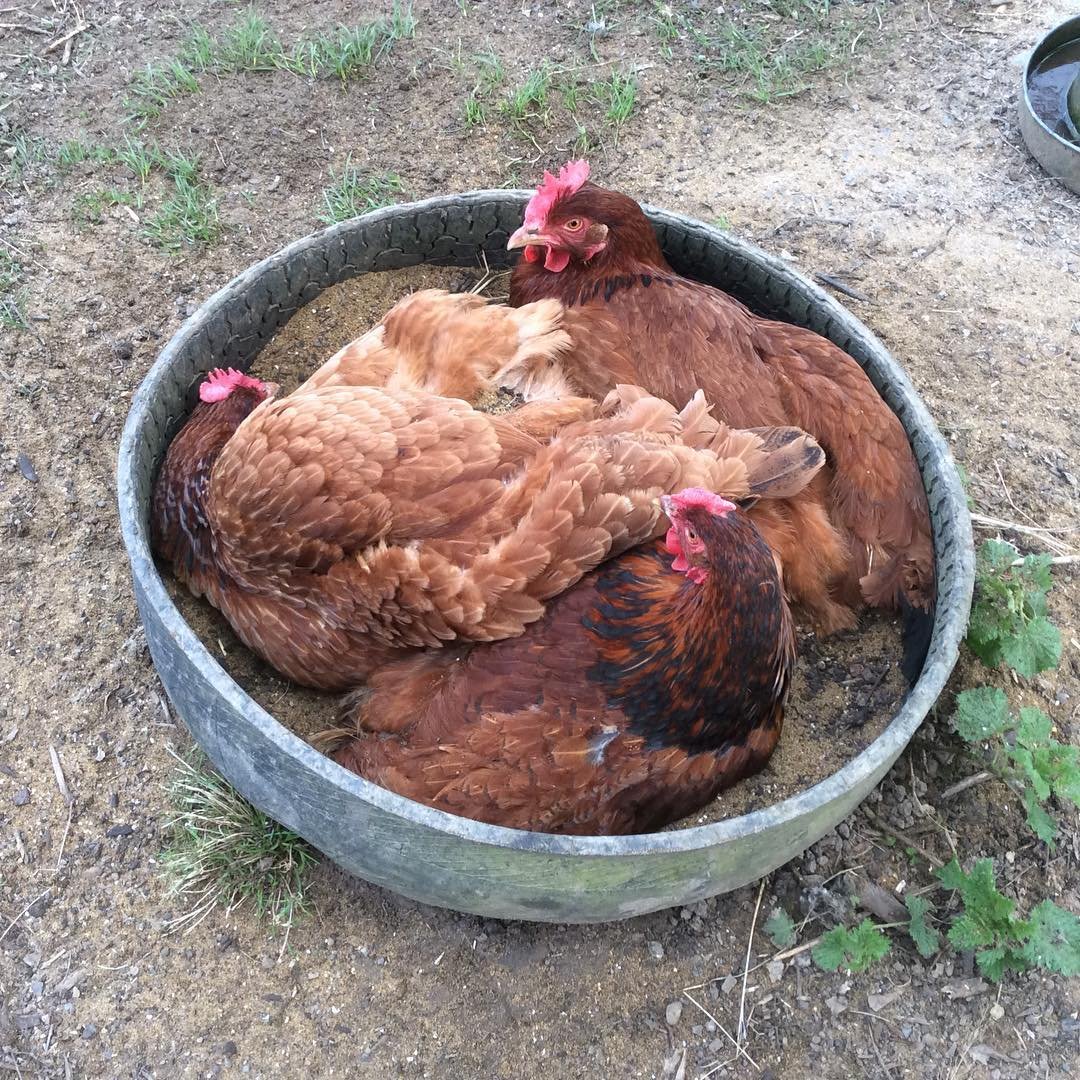
For group baths, 3-4 feet wide and 10-12 inches deep will be fine.
Having a spacious bath area or enough space for multiple chickens ensures community activity for chickens.
A bigger area is necessary for a large flock and large breed birds. The bigger chickens are, the deeper bath is needed to satisfy the birds.
How to Make Dust Bath for Chickens
Step 1: Choose a location
I often decide on a bathing spot that is dry and protected from rain. Chickens prefer the spot options depending on the weather.
For example, they want their dust bath in a shaded and cool area or under a tree during summer or on hot days.
The same flocks need sunny areas for sunbathing and dust bathing simultaneously in winter.
You can also place the dust bath in the coop and runner, but it should not prevent birds from accessing the feeder and drinker.
Also, make sure the dust bath area is safely away from perches and nesting boxes in the coop.
When creating a dust bath in the free-range system, ensure the location is predator-free. An open area will be best. Avoid locations with bushes or small jungles from where predators can attack your birds.
Step 2: Select a container or dig a pit
If you have enough backyard to dig, you can ditch a pit in the earth for chickens. In fact, your birds will do it themselves whenever they find loose earth.
Your contribution can be a bit more than assistance.
But you need a container for a proper and portable chicken dust bath. Plastic bins, wooden crates, tires, and kiddie pools are some readymade and repurposed containers for the bath tub.

The container should be large, wide, and shallow to contain enough dust bath ingredients for a group of birds.
Step 3: Prepare the ingredients
| Ingredients | Ratio |
| Sand | 40% |
| Soil | 40% |
| Peat Moss | 10% |
| Wood Ash & Charcoal/Diatomaceous Earth | 5% |
| Dry Herbs/Limes | 5% |
Step 4: Assemble the bath and introduce it to your flock
Now, mix all the ingredients and fill the container.
The dust bath is ready, and you can place it near the chickens. To make it look natural, you can arrange rocks, shortboards, or logs near the bath area.
Tips for Maintaining a Chicken Dust Bath Fresh & Functional
- The use of a dust bath can host some contaminations over time. So look for droppings, debris, and feathers and remove them.
- Add ingredients to compensate for the expired ones. You can notice it through molds and foul smells.
- Regularly refresh materials at least every 6 months or more often if needed. You can add an old dust bath to a compost pile or garden to enrich the soil and deter pests.
- Cover the bath or move it in wet weather to keep it dry.
- It’s wise to make a chicken dust bath with a roof, which helps prevent waterlogging and keeps dust dry and functional. This also helps extend the lifespan of materials.
- Always inspect for pests, as some bugs hide in the dust, and look for the host bodies.
Final Thoughts
Dust baths are necessary for the health and well-being of chickens, and you can DIY them easily. Most of the ingredients are free and easily available.
Sometimes, poultry birds can choose self-made earth holes over human-made dust baths.
In this case, you need to understand the reasons behind their dislike of baths. So, make some amendments and introduce it to your birds again.



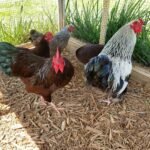

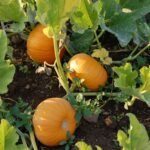

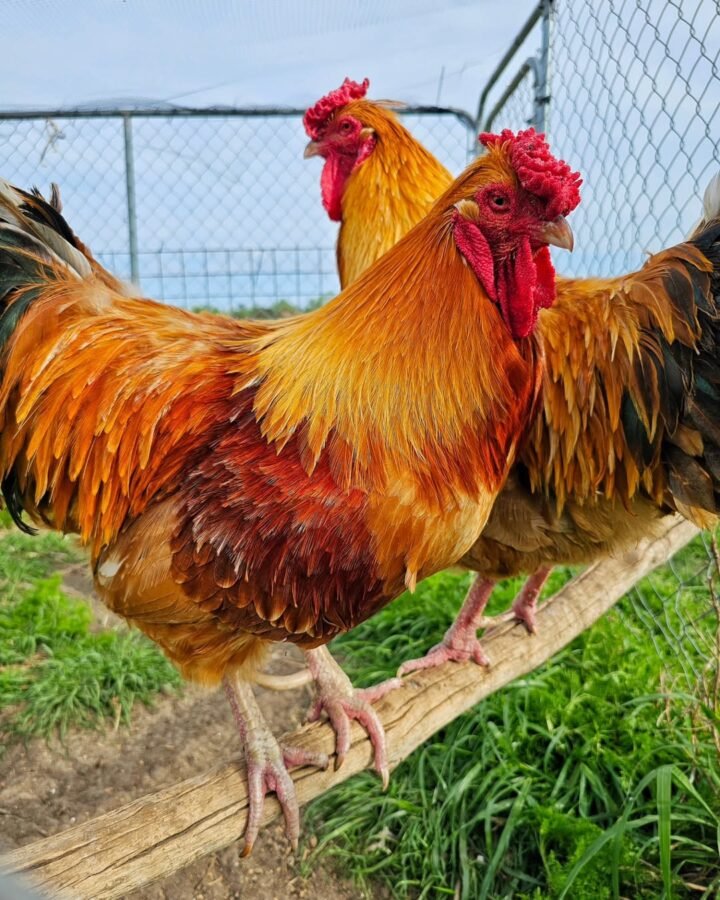


Leave a Reply